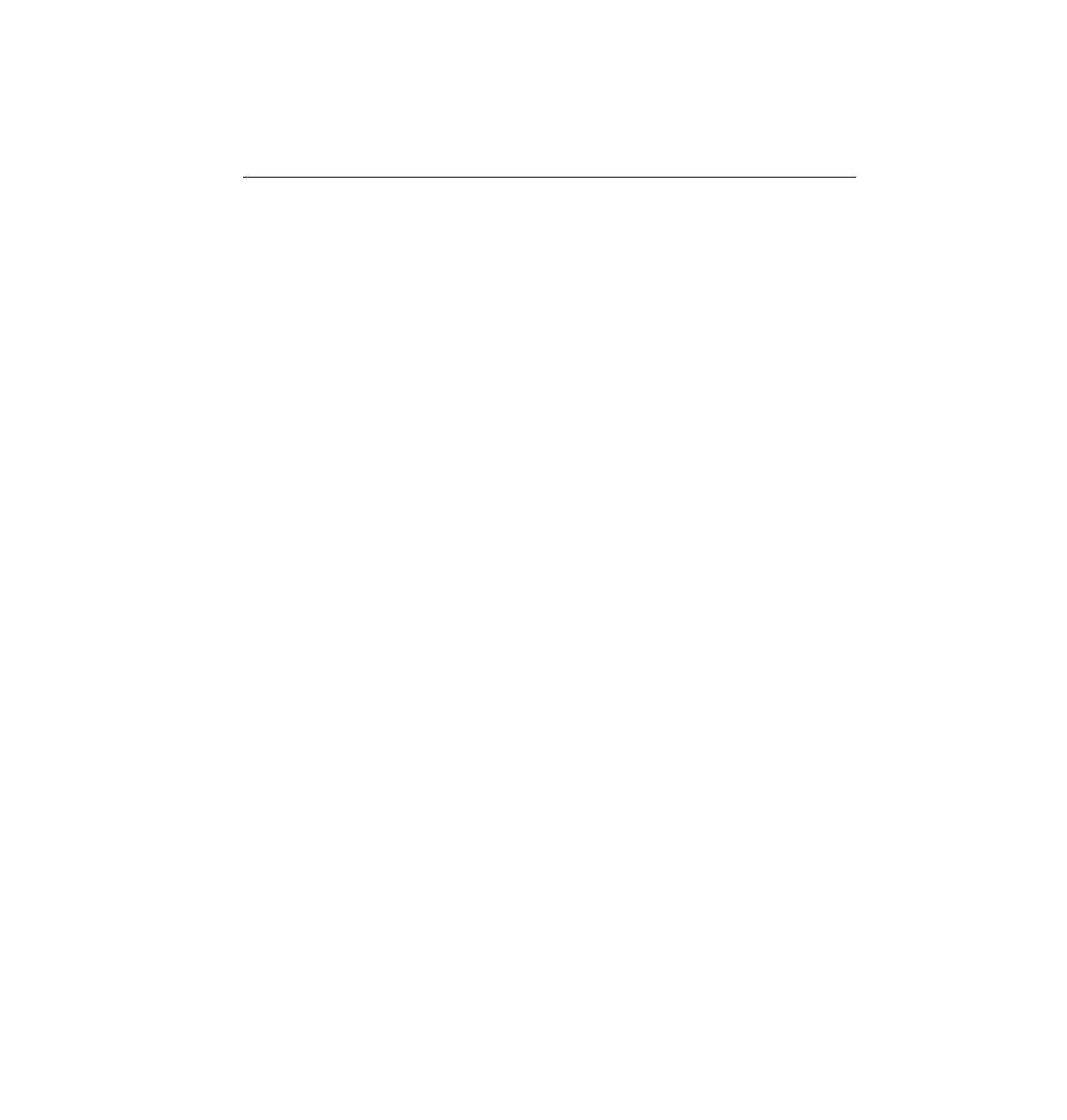
you will use. Assume that point-to-point serial links will be attached to this router and that
RIP is the routing protocol.
command could have been used, enabling subnet 8.0.0.0 as well as the subnets 8.0.1.0,
8.0.2.0, and 8.0.3.0 to be used in the configuration.
the mask used on an interface. How can the router derive the correct mask from the
information supplied by the user?
subnet bits. The router creates a subnet mask with x more binary 1s than the default mask
for the class of network of which the interface's IP address is a member. (x is the number
in the response.) "Number of subnet bits" from the setup question uses the definition that
there are three parts to an address--network, subnet, and host. The size of the network
field is based on the class of address; the interface's address was typed in response to an
earlier setup question. The mask simply has binary 1s in the network and subnet fields,
and binary 0s in the host field.
format--for example, 255.255.255.0.
type of ICMP messages does it receive?
with UDP as the transport layer protocol, with TTL values beginning at 1 and then
incrementing by 1 in successive messages. The result is that intervening routers find that
the TTL is exceeded and send ICMP "TTL exceeded" messages back to the originator of
the packet, which is the router where the trace command is being executed. The source
addresses of the "TTL exceeded" packets identify each router. By sending other packets
with TTL=2, then 3, and so on, eventually the packet is received by the host. The host
returns a "port unreachable" ICMP message, which lets the trace command know that the
endpoint host has been reached.